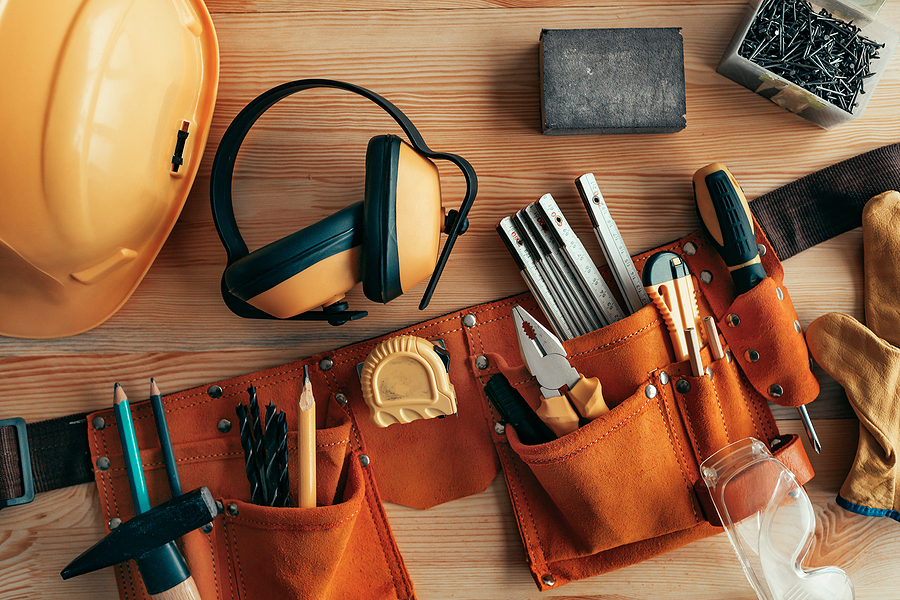In today’s hyper-competitive business world, choosing the right marketing agency is nothing short of a game-changer. This comprehensive guide is designed to assist you in navigating the complex process of finding the perfect marketing agency that aligns seamlessly with your unique business needs and objectives.
Define Your Objectives and Goals
The initial step in your journey to find the ideal marketing agency is to gain a crystal-clear understanding of your objectives and goals. What is it that you wish to achieve through your marketing efforts? Be it enhancing brand recognition, boosting sales, or launching a new product, having your goals well-defined is paramount.
Identifying Your Marketing Needs
Every business has distinct marketing requirements. You might find yourself in need of a comprehensive marketing strategy, or you could be seeking assistance with specific tasks such as SEO optimization, content creation, or social media management.
Setting Clear and Measurable Objectives
Once your marketing needs are identified, it’s crucial to establish objectives that are not just clear but also measurable. For example, you might set a goal of increasing website traffic by 30% over the next six months or generating 1000 new leads monthly.
Budget Considerations
Your budget plays a pivotal role in the selection of the right marketing agency. While opting for the lowest cost might be tempting, it’s essential to strike a balance between cost and quality.
Determining Your Marketing Budget
Evaluate your marketing budget pragmatically. Consider both short-term and long-term investments, and be prepared to allocate your resources judiciously.
Balancing Cost and Quality
While cost is indeed a factor, never compromise on quality. A more expensive agency may offer superior results and a higher return on your investment.
Assessing Agency Specializations
Not all marketing agencies are created equal. Some excel in digital marketing, while others thrive in traditional advertising or social media management. It’s imperative to ensure that the agency’s expertise aligns seamlessly with your specific needs.
Exploring Digital Marketing Expertise
In today’s digital age, a robust online presence is indispensable. Look for agencies that are well-versed in SEO, SEM, email marketing, and website optimization.
Traditional Advertising Proficiency
If your business relies on traditional advertising channels such as print, radio, or television, you’ll want to engage agencies that possess extensive experience in these domains.
Agency Reputation and Track Record
The reputation and track record of an agency are telltale signs of their competence. Dive deep into client testimonials, reviews, and case studies to glean insights.
Examining Client Testimonials and Reviews
Hearing what previous and existing clients have to say about the agency can provide valuable insights into their strengths and weaknesses.
Learning from In-Depth Case Studies
Reviewing case studies showcasing successful campaigns can offer you a glimpse into the agency’s ability to deliver tangible results.
Transparency and Communication
Effective communication forms the bedrock of a successful agency-client relationship. Ensure that the agency practices transparency and maintains open lines of communication.
Prioritizing Open and Effective Communication
A responsive agency that listens to your concerns and ideas can adapt and enhance campaigns swiftly.
Insights through Reporting and Analytics
Inquire about the agency’s reporting processes and the analytics tools they employ. Regular, comprehensive reports should demonstrate progress toward your defined goals.
Creative Approach and Strategy
Creativity often serves as the driving force behind successful marketing campaigns. It’s imperative to seek an agency that brings innovative ideas and tailored strategies to the table.
Encouraging Innovative Ideation
A creative agency can breathe fresh life into your brand, helping it stand out in a crowded market.
Crafting Tailored and Unique Strategies
Steer clear of agencies that provide one-size-fits-all solutions. Your business is unique, and your marketing strategy should be a reflection of that distinctiveness.
Compatibility and Culture Fit
Consider whether the agency’s values and working style align harmoniously with your own. A strong culture fit can pave the way for a more productive working relationship.
Fostering Shared Values and Vision
Ensure that the agency shares your brand’s values and is genuinely committed to your success.
Building Strong and Collaborative Working Relationships
The foundation of success lies in the establishment of mutual trust and respect, forming a basis for seamless collaboration.
Contracts and Legal Considerations
Before sealing the deal, scrutinize the agency’s contract terms meticulously. Pay close attention to the intricacies of the agreement and the presence of exit clauses.
Scrutinizing Agreement Terms
Confirm that the contract incorporates all the agreed-upon services, timelines, and deliverables.
Navigating Exit Clauses
In the event that the partnership does not meet your expectations, clear exit clauses can facilitate a smoother separation.
Making the Final Decision
After evaluating multiple agencies based on the factors mentioned above, the time has come to make an informed decision.
Shortlisting and Finalizing Candidates
Narrow your choices down to a few agencies that meet your criteria. Subsequently, arrange meetings or consultations to gain a more profound understanding of their capabilities.
Consideration and Final Evaluations
Take into account all the factors, feedback from meetings, and other relevant information when making your final decision. Choose the agency that not only fulfills your needs but also resonates with your brand’s vision.
Conclusion
The process of selecting the best marketing agency for your business is undoubtedly a significant endeavor. However, by meticulously following the steps outlined in this guide, you can ensure a partnership that yields success. Keep in mind that the right agency can empower your brand to thrive and achieve its marketing objectives, making your choice all the more critical.









